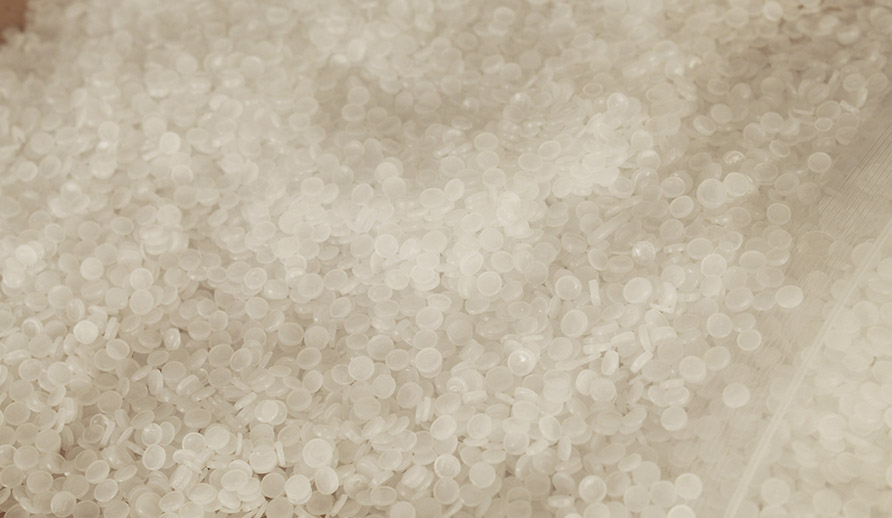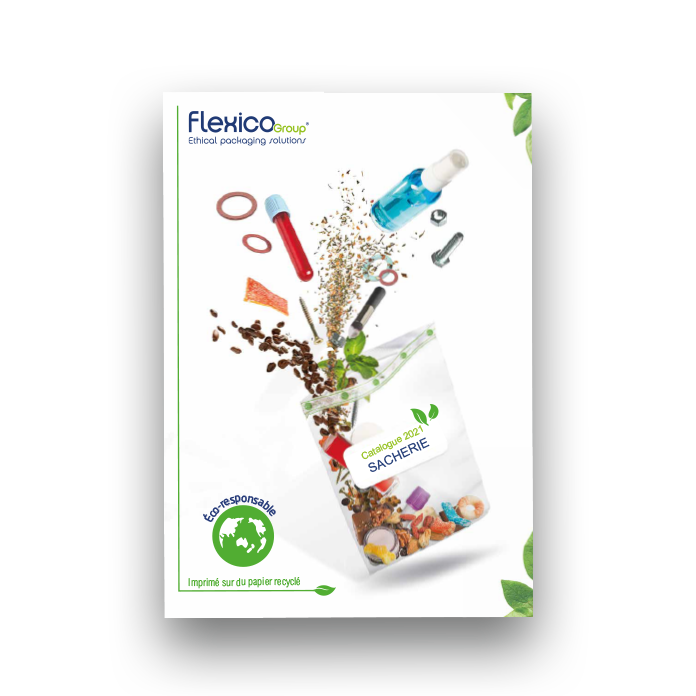
Do you always take what you plan to buy to a store? If you did, a lot of the purchases you make in a store would not be made! In reality, impulse buying is much more common than you might think. Although many people believe that they cannot be influenced by brand marketing, impulse purchases represent an important part of consumption, especially if we think about the number of customers who make them every day. Thus, it is unthinkable today to “simply” sell the product that the customer has planned to buy: it is necessary to be able to differentiate the product, to allow it to seduce the person it meets, in order to create a need where there was none at the origin. How can we encourage this type of behavior through packaging? Answers in this article!
1. What is an impulse buy?
Impulse buying is a purchase not planned by the customer
Impulse purchases are, by definition, opposed to so-called “reasoned” purchases. The latter are those that customers plan to make, even before entering the store, and come to meet a concrete need of which the customer is aware. In this case, the customer does not necessarily choose the exact product beforehand. Impulse buying, on the other hand, is decided at the last moment, and is not programmed in advance. It is made following a trigger, which is often the product itself, or simply an element of the context in which the purchase is made.
Marketing and psychology studies have shown, for decades now, that there are many elements that encourage impulse buying in a sales situation. Whether it is the behavior of a salesperson, the associated promotions, the status of the product, the advertising, the atmosphere, or even the smells of the place of sale, or even its lighting atmosphere, there is no shortage of stratagems to maximize the chances of triggering a strong desire in the customer. In this context, what is the precise influence of packaging characteristics on impulse buying?
2. Before seducing, you must be noticed!
Demarcation is achieved by creating a visual break with the competition’s packaging
The first rule of attractive packaging is to be seen, but above all to be noticed in relation to the other products on the shelf. At a time when, for each type of product, customers have multiple choices in supermarkets, it is necessary to be able to stand out. To do this, there is only one watchword to respect: create a visual break. The packaging must be different from the others, it must be different. However, you must be careful not to overdo it. Indeed, the trap is to want to do too much “original”, even if it means creating a packaging in total opposition with the codes of the product that is sold. A good application could be to exaggerate a characteristic usually used in the packaging of the type of product sold. For example, if the product is a packet of chilli potato chips, why not make the bag completely red, instead of just on some areas of the packaging?
3. The powerful lever of impulse buying: emotion
Emotion is the lever that triggers the impulse, and reduces the rational aspect of the purchase
To provoke an impulse purchase is above all to provoke an emotion. It is not by chance that impulse purchases are also called “emotional purchases”. Therefore, the packaging must aim to create an emotion in the customer who looks at the product. Generally, the effect works better if the emotion is positive, as our brain is naturally attracted to positive stimuli that it perceives in the environment. The most classic examples are packagings that rely on humor or joy: an original or playful shape, a bright color or a color associated with well-being, a humorous message or slogan, etc. However, it is also possible to use emotional levers with a more neutral valence, such as surprise, in order to encourage eye catching. Indeed, we also tend to look longer at elements that surprise us in our visual environment.
4. Evoke, through the packaging, the underlying concept of the product
Adapting the design to the product’s selling point will ensure the effectiveness of the packaging
This is perhaps the most important point to remember: if arousing emotion is the objective of packaging, it must above all be able to reflect the product’s main selling point via the packaging. It is difficult to establish general rules to provoke an impulse purchase, because everything depends on the product, and on the imagination that it usually evokes in the consumer. So, before trying to provoke an emotion, it is necessary to understand what kind of image the product itself evokes. For example, for a mint packaging, the underlying concept will be the freshness provoked by the mint in the mouth. It is this freshness that causes a positive sensation when the customer consumes the product. Therefore, the packaging should reflect the notion of freshness, through a white color, marine or polar images, or a satin texture. If the packaging is well designed upstream, then the concept will be implicitly evoked in the customer when he sees the packaging, and will therefore feel the desired emotion.
Packaging is undoubtedly a key lever for impulse buying. There are two rules to remember: try to provoke a positive emotion via the packaging, and adapt its design to the collective imagination to which the product belongs. Without this second rule, you run the risk of missing your target and producing a totally unsuitable packaging that will not be successful with consumers!
Are you interested in optimizing your packaging to increase your sales? Discover our customized packaging solutions, or contact us directly! To go further, discover the Packaging Guide on the theme of the Sacherie.


